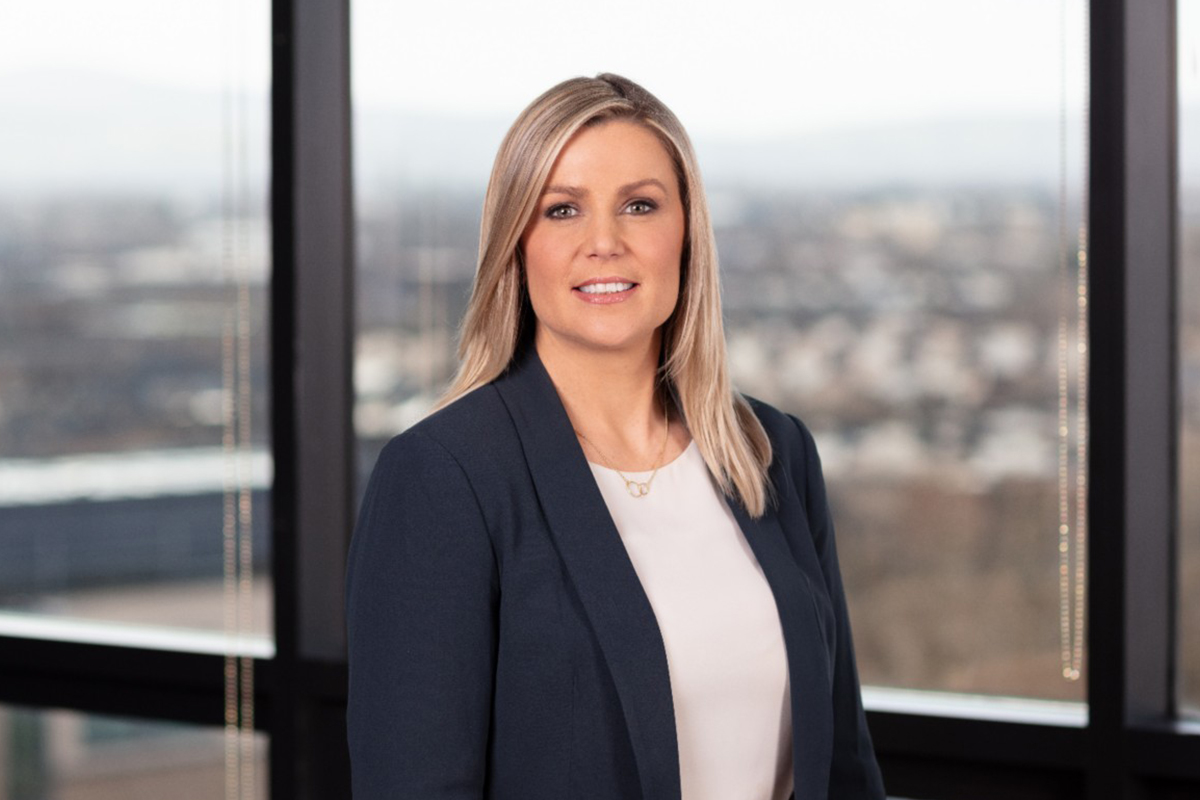EY refers to the global organization, and may refer to one or more, of the member firms of Ernst & Young Global Limited, each of which is a separate legal entity. Ernst & Young Global Limited, a UK company limited by guarantee, does not provide services to clients.

EY teams discuss The Saїd Oxford EY research and the impact people and human behaviour can have on the success and failure of transformations.
In brief
- Business transformation is crucial to success in an ever-changing businesses landscape.
- Human behaviour, and emotional reactions to change have a substantial impact on transformations.
Transformation has always been important to organisations’ continued success and growth. For decades, this process of organisations making major changes to their operations, to improve performance and drive sustainable growth, was episodic. Shifts in market sentiment, stakeholder expectations and an ever-changing businesses landscape are prompting leaders to embark on ambitious and radical transformation programmes to retain or attain market advantage and in some cases, to survive.
According to 82% of board members and CEOs in the EY 2021 Global Board Risk Survey, market disruptions have become more frequent and impactful. Organisations and leaders are now seeing the need to transform ahead of disruption which makes understanding the benefits of transformation even more critical. Indeed, transformation has become the normal lived experience for most organisations with an ambition to be responsive and agile; altering work practices, organisational structures and digital infrastructure whilst improving employee and customer experience.
There are complex factors that can influence a transformation’s success or failure that are rooted in human behaviour, specifically, emotional reactions to change. The significant human impact that comes with transformation can lead to highly emotionally charged environments, where change, if not managed well may fail to deliver the intended benefits of a transformation effort but may in fact create an environment that is worse than what came before.
In collaboration with Oxford Saïd Business School, EY conducted ground-breaking research into the human factors that drive transformation success and failure. It was found that putting humans@center increases the likelihood of transformation success by 2.6x.
The study (2021) found various factors influencing a transformation’s success or failure were rooted in human behaviour and most specifically, emotional behaviour. The emotional baggage which people carry from a failed transformation significantly reduces the chances of success of the next one. Therefore, organisations that place humans at the centre of their transformation projects can substantially increase the odds of success. The research found that organisations that prioritise and address the human factor through six key drivers – leadership, vision, emotional support, technology, process and culture – are far more likely to be successful in their business transformation initiatives.
79% of the workforce have positive emotions after a successful transformation – compared with three-quarters (76%) of workers in an underperforming transformation experiencing negative emotions (sadness, depression, nervousness, upset, tension, stress). The emotional toll that transformation exerts is therefore a crucial factor in defining the trajectory of an organisation following a period of transformation.
The Saїd Oxford EY research identified four paradoxes that, when improperly addressed, have hampered the success of transformations. These paradoxes bring to life the fact that transformation is as much a human and emotional challenge as it is a logical and rational challenge.
Paradox 1: Deliver today, transform today
The pressure of constant disruption means that what makes an organisation successful today will not be the same as what makes it succeed in the future. This requires leaders to have the courage to challenge the status quo, no matter how successful it may appear, to understand the areas of the organisation that are fit for purpose and which areas are in need of radical change so that it can thrive in the future.
Paradox 2: Clarity of vision, place of not knowing
Transformations are based on vision. Leaders with clarity of vision are able to define why the organisation exists and for whom and to identify the path that will take it forward. However, they must also have the humility to admit that they don’t know everything and be open to learning and shifting their thinking as circumstances change. Leaders need to co-create a shared belief in the necessity for and wisdom of the transformation that will galvanise the people in the organisation to get behind and bring the vision to life.
Paradox 3: Create alignment, learn from dissent
A key task for leaders is to ensure that everyone is working towards a common goal and that they need to overcome resistance to achieve this. However, when it comes to transformation, it is far more valuable for leaders to learn from dissenting voices rather than suppress them quickly. Leaders need to listen to those questions with empathy for the emotions behind them at an individual level. This will help leaders to articulate compelling reasons for the transformation and secure support for it across the organisation.
Paradox 4: Disciplined delivery, freedom to create
Transformation, by its very nature, is not a linear process. A better description is a corkscrew, with ups and downs and twists and turns. This means that leaders need to allow opportunities for experimentation and the implementation of new ideas. They need to create a culture of acceptance, failure and learning from the unexpected twists that the transformation journey might take. By giving employees the freedom to create and contribute their own ideas, within clear boundaries of course, transformations can often achieve their objectives faster than the linear journey from point A to point B.
Summary
Organisations that successfully solve these paradoxes significantly increase the prospects of success for their transformation projects. Those that don’t are likely to continue to experience underperformance and even failure. The key to success lies in the ability of organisations to completely rethink and redesign transformations with human emotions as their focal point.
Related articles
How do you harness the power of people to double transformation success?
Read about how EY and the University of Oxford explored the emotional cost of failed transformations and what it takes to get them right.



